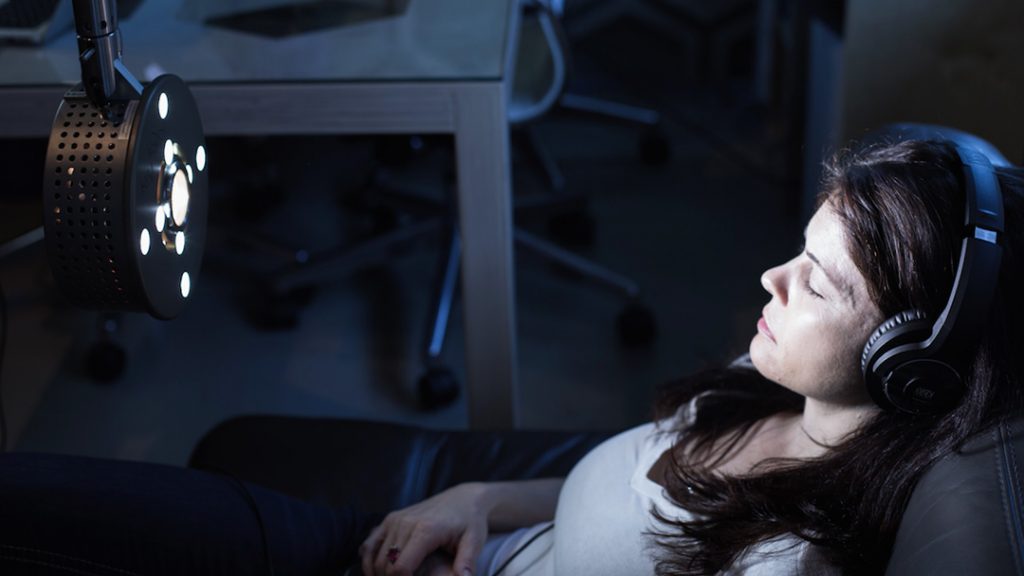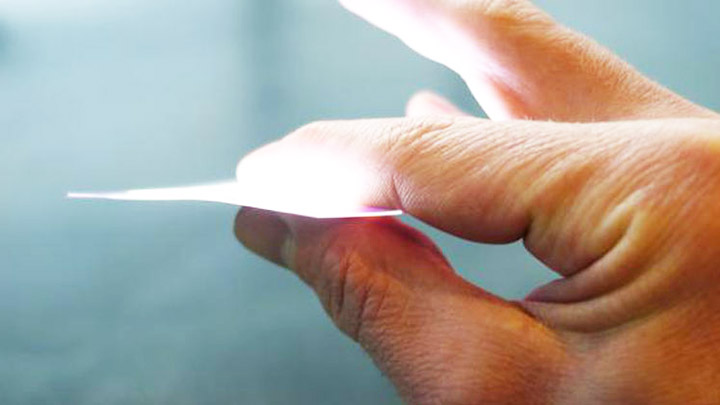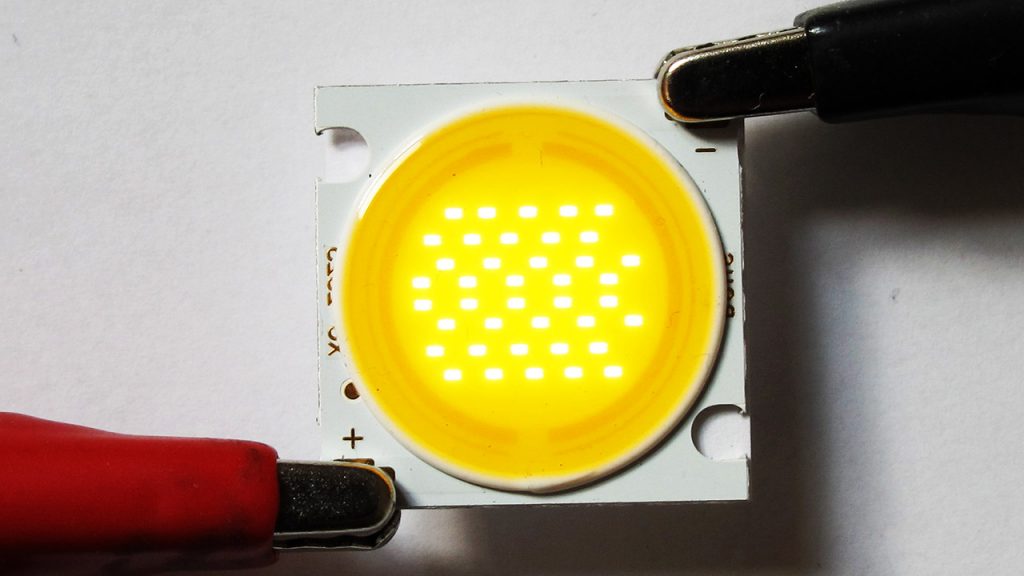Unique Light Transport Tool That Can Help Design More Efficient White LEDs
Researchers from the University of Twente have discovered a unique numerical light transport tool that can help the lighting industry design more efficient white LEDs, as it provides a fast yet accurate determination of key transport parameters, and also introduces predictive power into the design process of white LEDs.

Researchers from the University of Twente have discovered a unique numerical light transport tool that can help the lighting industry design more efficient white LEDs, as it provides a fast yet accurate determination of key transport parameters, and also introduces predictive power into the design process of white LEDs.
Explaining their study in a paper titled “Analytical modeling of light transport in scattering materials with strong absorption“, which has been published in Optics Express, the researchers investigated the transport of light through slabs that scatter and absorb light strongly, a situation that occurs in diverse application fields ranging from biomedical optics, powder technology, to solid-state lighting.
The researchers studied the transport of light in the visible wavelength range between 420 and 700 nm through silicone plates filled with YAG:Ce3+ phosphor particles, that even re-emit absorbed light at different wavelengths.
They measured the total transmission, the total reflection, and the ballistic transmission of light through these plates. They obtained average single particle properties namely the scattering cross-section σs, the absorption cross-section σa, and the anisotropy factor μ using an analytical approach, namely the P3 approximation to the radiative transfer equation.
The researchers verified the extracted transport parameters using Monte-Carlo simulations of the light transport.
Their approach describes the light propagation in phosphor diffuser plates that are used in white LEDs and that reveal a strong absorption (L/ℓa>1) up to L/ℓa=4, where L is the slab thickness, ℓa is the absorption mean free path. In contrast, the widely used diffusion theory fails to describe this parameter range.
The researchers claimed that their numerical method circumvents the main bottleneck of conventional numerical methods, providing a 17-fold speed up in computational time with the same error, accurately describing the light that stays inside the LED by absorption and scattering.
The researchers have built a system to collect all the light around the phosphor plates, in the whole visual spectrum to reduce the actual absorption and scattering using the radiative transfer equation, resulting in a full description of light propagation inside and outside the phosphor plates. The absorption level is up to 30% higher, and the method is about 17 times faster than the numerical approach.
BizLED Magazine






